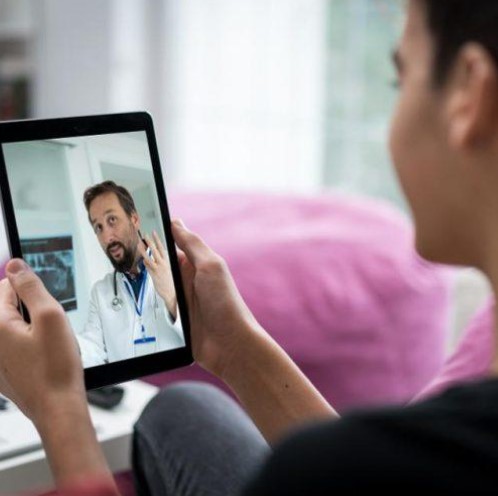Particularly in the Northern Territory (NT) and Queensland (QLD), telehealth is changing the way Australians get healthcare. Traditionally, healthcare access has been difficult in these areas given their great rural terrain and isolated populations. Telehealth programs in QLD and NT are closing this gap by offering citizens quick medical consultations, professional treatment, and mental health assistance free from great distance.
How Telehealth Improves Access to Medical Care in Remote Areas
Many NT and QLD inhabitants’ live hours from the closest hospital or medical centre. NT telehealth services and QLD telehealth services give people access to mental health experts, specialists, and physicians by means of video conversations, phone consultations, and internet platforms. This guarantees that those in remote places get the medical attention they need without needless travel, hence reducing delays in diagnosis and treatment.
Managing Chronic Diseases and Routine Checkups with Telehealth
Regular checks are vital for those with chronic diseases including diabetes, heart disease, and respiratory problems. Telehealth Services in NT and QLD telehealth services provide patients a simple method to speak with their doctors, change prescriptions, and get health monitoring from the comfort of their homes. Reducing the load on hospital systems, this strategy increases patient compliance and long-term health results.
NT and QLD Telehealth Mental Health Support
Particularly among people living in remote areas, mental health issues are common in both NT and QLD. By providing the key to psychologists, counsellors, and psychiatrists, NT and QLD telehealth programs enable people to get the care they need without the stigma or practical obstacles of in-person visits. For those who once had restricted access to mental health treatment, this has been a game-changer.
Telehealth services for emergency and after-hours care
Health crises can occur outside of office hours. NT telehealth services and QLD telehealth services can provide after-hours appointments so patients may get medical advice for urgent but non-life-threatening situations. This service gives people looking for quick direction peace of mind and helps to decrease pointless emergency department visits.
Telehealth’s Impact on Indigenous Health and Community Care
Indigenous neighbourhoods in NT and QLD can have unique healthcare inequalities. By linking Indigenous patients with culturally appropriate healthcare practitioners, telemedicine services in NT and QLD help to narrow these disparities significantly. These services guarantee that people get treatment customised to their particular health requirements while maintaining respect for their cultural heritage and legacy.
Telehealth’s Effects on Early Diagnosis and Preventive Healthcare
Reducing the long-term load of illnesses depends on preventive health. Telehealth services in NT and QLD promote early diagnosis of medical issues, lifestyle consulting, and regular health checks. Telehealth lowers hospital admissions and improves general community well-being by encouraging proactive health care.
Government Backing and Technological Developments in Telehealth Services
Increased government investment in telehealth infrastructure has been reported in both NT and QLD, therefore making these services more available than before. Telehealth services in NT and telehealth services in QLD are being made more effective by technological developments including artificial intelligence-driven diagnostics and wearable health gadgets. These developments are clearing the path for a more patient-centred and efficient medical system.
Expanding Services and Accessibility: Telehealth’s Future in NT and QLD
Telehealth’s evolution will shift emphasis to service expansion and accessibility improvement. Future advancements might include improved rural region internet connection, more remote patient monitoring, and virtual reality-based therapy sessions. Telehealth services in NT and telehealth services in QLD are anticipated to grow increasingly more integrated with conventional healthcare, hence helping many people in both areas.
Conclusion
Telehealth programs in QLD and NT are changing how healthcare is provided significantly. Telehealth is increasing patient outcomes and strengthening the general healthcare experience by removing geographical obstacles and making healthcare more accessible and easy. These services will keep expanding as technology develops, so guaranteeing that all people—regardless of location—get the treatment they need. To learn more about how telehealth is changing the medical field, go to verdebloom.com.au.

